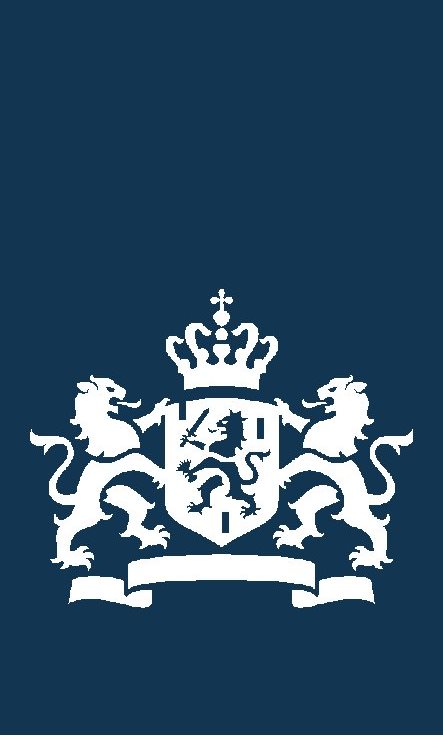Rijkswaterstaat Water Management Centrum Nederland (WMCN) in Lelystad
The Rijkswaterstaat Water Management Centrum Nederland (WMCN) is in charge of water level forecasting for the Lobith gauging station on the German-Dutch border. Normally forecasts are calculated and distributed once every working day at 7 a.m., during floods four times a day. At times of low and mean water level WMCN uses a statistic model for its daily forecasts. Since 1999, the centre disposes of a hydrodynamic-hydrologic forecasting model for flood forecasting. This model is sufficiently precise to calculate forecasting for up to three days in advance.
Flood warning service for the Rhine starts when the water level at the Lobith gauging station achieves 14.00 m above Amsterdam gauge and a further increase beyond 15.00 m above Amsterdam gauge is expected. The forecast for the Lobith gauging station is based on the 7-days forecasting of the flood forecasting centre Baden-Württemberg (HVZ) in Karlsruhe established on the Rhine for the Maxau gauging station and on the Neckar for Rockenau. Apart from this forecast, the Dutch model requires current water levels, real-time precipitations and precipitations forecast. The required water level data are digitally transferred from the German PEGELONLINE system to the Dutch forecasting centre.
The meteorological data are provided by the Dutch meteorological service (KNMI) and by the German meteorological service (DWD).
WMCN distributes flood reports per telegram and email to regional authorities and crisis units. The public is informed by videotext and internet.
The regional forecasting centres of the Rijkswaterstaat, the services 'Oost-Nederland' and 'Zuid-Holland' use the 96 hours forecasting for Lobith as input for forecasting water levels for the Dutch Rhine branches Waal, Nederrijn and IJssel. These flood centres use hydrodynamic models for forecasting and are in charge of regional problems.
The forecasting model used by WMCN is continuously being improved.










